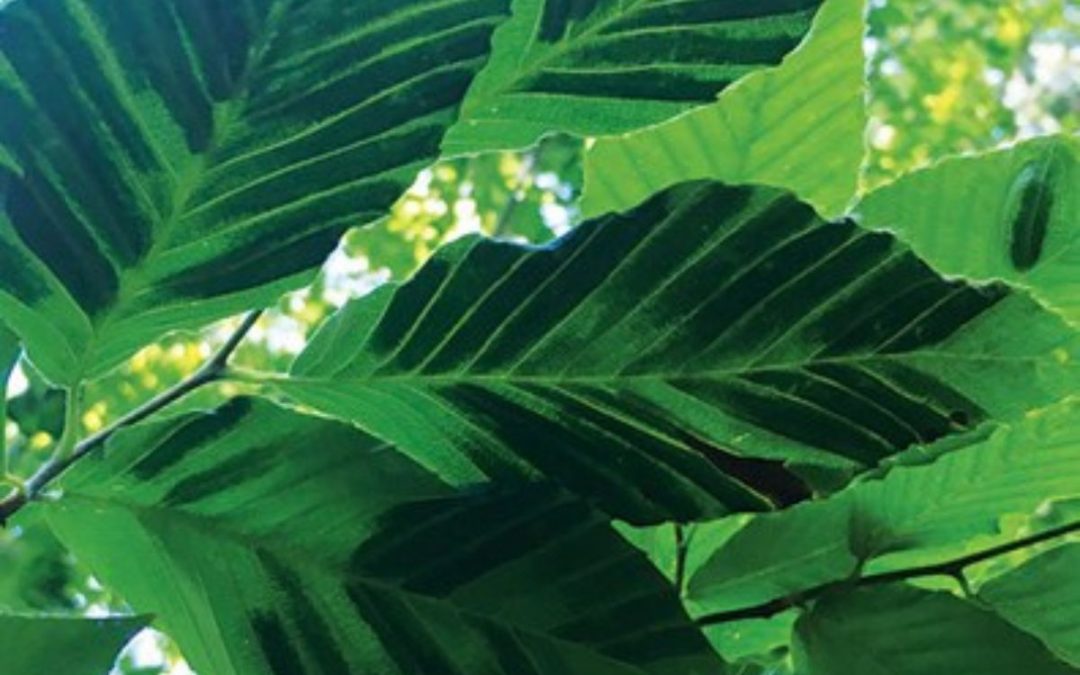Table of Contents
Is Beech Leaf Disease a Problem for Your Trees?
Many homeowners treasure the magnificent American beech tree and enjoy soaking in its shade.
Its broad canopy provides shade on hot days and gives stunning golden color in the autumn.
Beech trees may also survive for 300 to 400 years and grow to be more than 80 feet tall.
However, our cherished beech trees are now under danger from a fungus known as beech leaf disease, which is fast spreading and destroying both adult and young trees.
Let’s take a look at this beech tree disease, what causes it, and how to cure it so you can better protect your trees from infection.
How Does Beech Leaf Disease Appear?
Beech leaf disease affects both native and ornamental beech tree species.
Litylenchus crenatae spp. mccannii, a nematode worm that infects beech buds and leaves, is linked to the illness. However, determining if your beech tree has been harmed will need searching for several common indicators of illness. Detecting these indications early will help you discover an issue before it becomes too dangerous to your tree’s health.
Symptoms of the illness are usually noticeable in leaves and may be seen from the time the leaves emerge in May until they fall off in October. What you’re searching for is:
Darker stripes go between the veins (best seen on the underside of the leaf) Distortion and curling
Textured leather
What else resembles Beech Leaf Disease?
Several additional tree issues may resemble beech leaf tree disease, making identification more difficult.
Among the most frequent are:
Woolly beech aphid may cause leaf deformation and discolouration, however the leaves are generally rolled or curled and lack the banding between leaf veins that beech leaf disease causes.
Erineum gall exhibits damage between leaf veins similar to beech leaf disease, but the banding is not black and there are white to red areas on the leaf undersides.
Beech anthracnose produces discoloration and deformation of leaves in varying degrees, similar to beech leaf disease, but there are also lesions that lead to dead brown leaf tissue surrounded by yellow discoloration.
Why is Beech Leaf Disease a Cause for Concern?
A mature tree may be killed by beech leaf tree disease in 6 to 10 years.
However, it is particularly harmful to young trees, which might die within 5 years of the first indications of infection. In areas where the illness is firmly established, it has killed 90% of seedlings.
Are there any treatments for beech leaf disease?
Unfortunately, there is no known cure for beech leaf disease; nevertheless, we are currently researching and evaluating several therapies for efficacy.
Reporting indications or symptoms of the disease to your local arborist is critical to ensuring they know where it is spreading and can help manage it.
How Can You Aid in the Prevention of Beech Leaf Disease?
When it comes to how to cure beech leaf disease, there are a few options.
To help reduce the spread of the disease, keep the following tips in mind, in addition to consulting with your local arborist for advice and next steps:
Avoid moving afflicted beech tree branches, twigs, leaves, and seedlings.
Before purchasing and planting any beech nursery stock, thoroughly check it for indications of beech leaf disease.
Moving dirt or other organic materials from impacted areas should be avoided.

